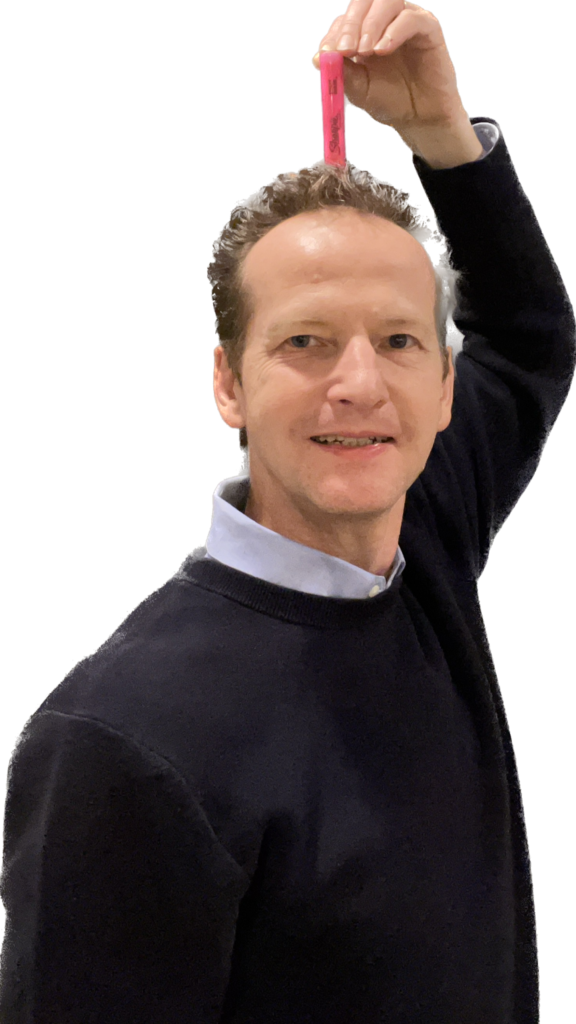“Movement is Life,” said Moshe Feldenkrais.
Patterns make you, patterns break you. New habits can heal you.
“Movement is Life,” said Moshe Feldenkrais.
And how you move matters.
Meet three clients I am currently helping (names changed for privacy):
– Anna, an attorney in her 60s, a fit and energetic woman, woke up three days ago with a stiff neck. Turning to the left is painful and practically impossible. She realizes how much one needs rotational movement to function in everyday life.
– A successful investment banker, Jeremy, 43 years old, is plagued by chronic and debilitating back pain and sciatica. An MRI confirms disc herniation at the bottom of the lumbar spine. His orthopedist says he needs surgery to remove disc fragments and fuse his spine.
– Claudia, a writer and copy editor in her 30s with knee pain and swelling, was diagnosed with a meniscal tear a couple of years ago. She completed a course of physical therapy with a strengthening program and received cortisone injections. Initially, she improved, but her progress has plateaued in the past couple of months, and the knee still can be pretty painful.
At first glance, all three have completely different conditions with little in common: pain in various body parts, distinct diagnoses, and diverse age groups, genders, and fitness levels. Yet, a closer examination reveals a common thread: a specific movement pattern wreaks havoc. The glass-half-full view: an opportunity for healing, improvement, and feeling better.
In all three cases, the main culprit is linked to rotational movements of the spine. For Anna, a shifted middle rib was interfering with the turning of the head. In Jeremy’s case, it was a disproportionate turning of the pelvis. When he walked, his pelvis twisted excessively, but his chest was rigid like a rock. Such large twists led to strain, wear, and tear of his lumbar discs.
| Moving is Fundamental |

| With just a few Feldenkrais® lessons designed to improve the distribution of rotational movements of the spine, both Anna and Jeremy experienced a marked reduction of pain and immediate improvement of function. Claudia’s solution came with becoming aware that every time she turned her head (i.e., when crossing the street), she was shifting her weight in such a way that caused knee misalignment (technical name: knee valgus, which often contributes to meniscal injuries). Her solution was to find a better axis for rotation. Over three decades, I have witnessed thousands of healing processes. |
There have been several miracles, many quick fixes, and a number of recoveries that have taken months, as they should—never rush nature! There are also stubborn, arduous recuperations peppered with flare-ups and setbacks on the road to recovery.
Still, most clients experience less pain and feel a great deal better when movement is improved. Better movement is the key to the restoration of homeostasis and healing. Better movement brings joy and happiness!
And that is why I want to teach you how to move better: How to recognize patterns that need your attention. How to develop a well-integrated, graceful, accurate, and smooth motion and apply it in your everyday life.
This year we will cover the fundamentals of human movement. Our first stop: rotational movements—turning from head to toe and integrating all 206 bones of your skeleton!
Join the new 5-session Special Focus Course: Healthy Spinal Rotations.
You, too, can experience pain reduction and healing like Anna, Jeremy, and Claudia.
